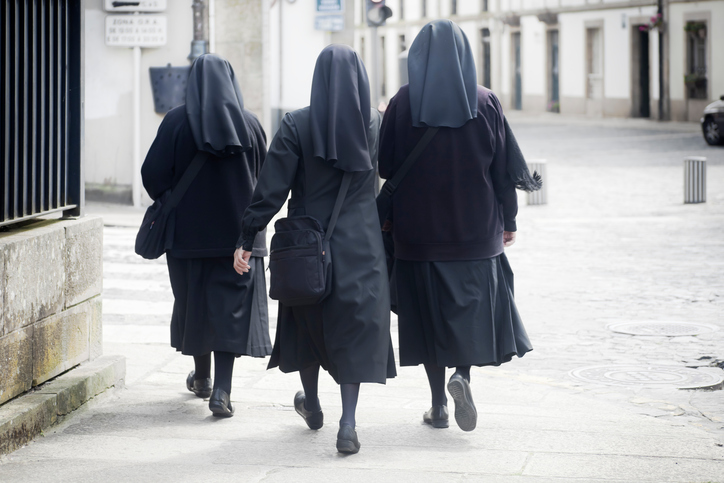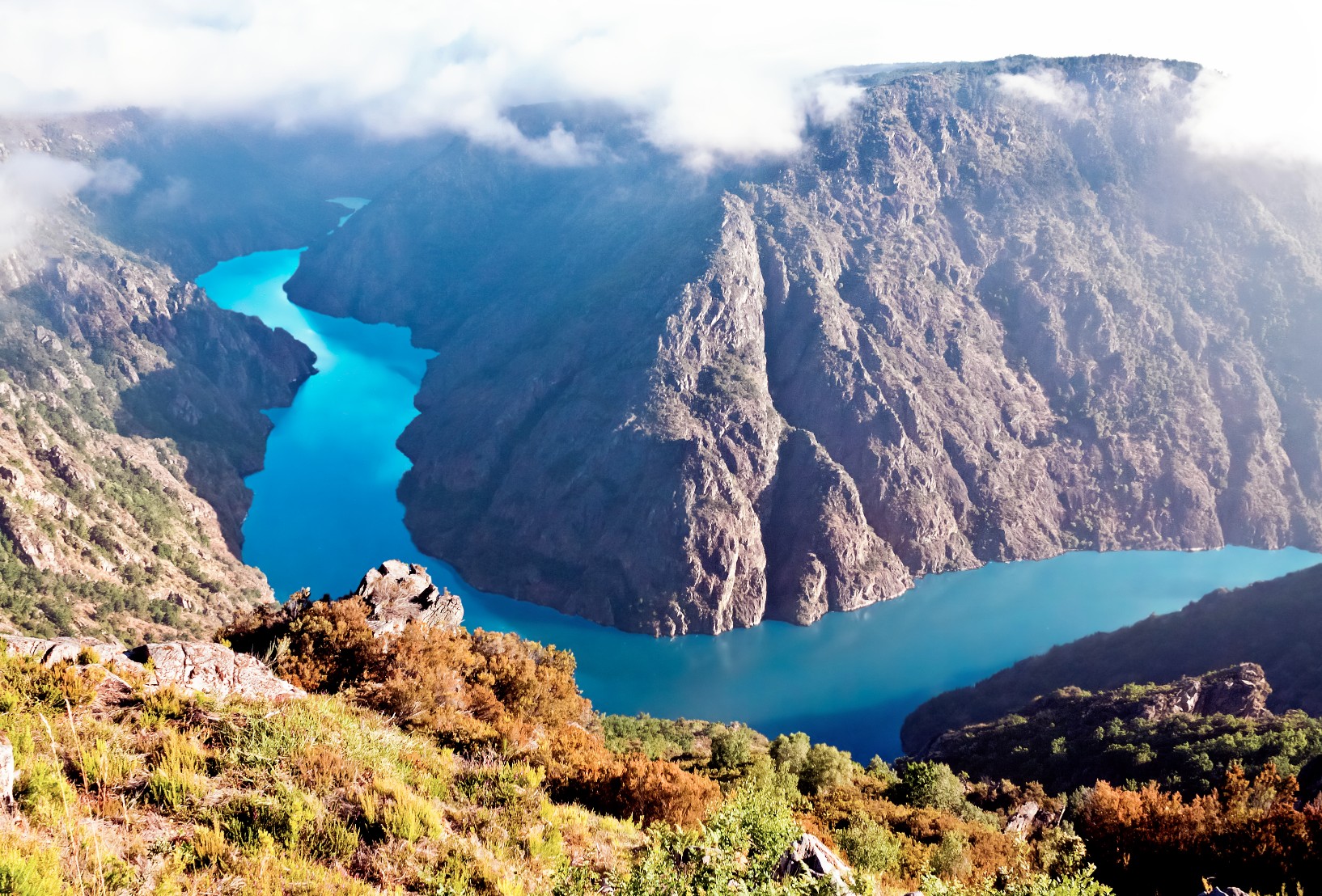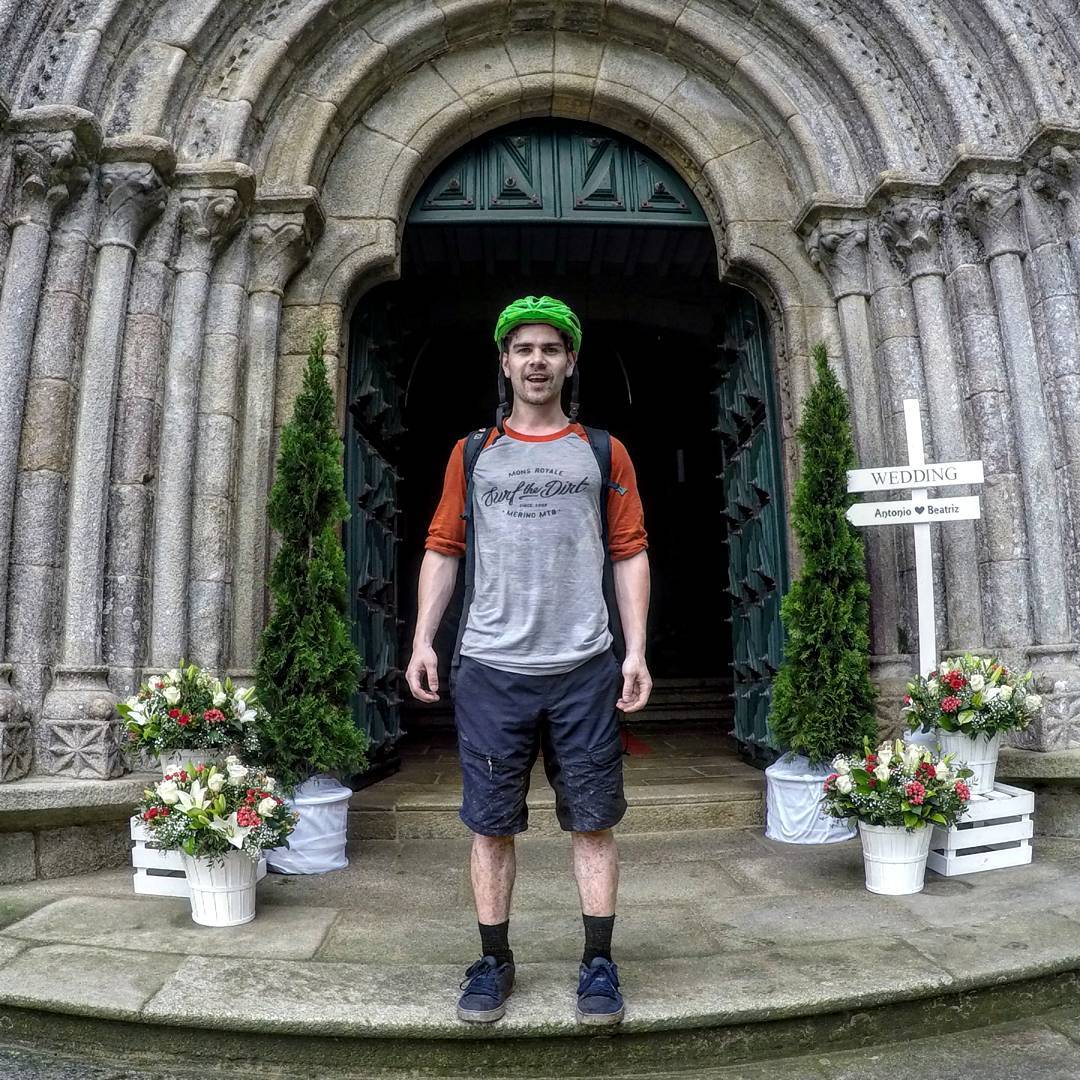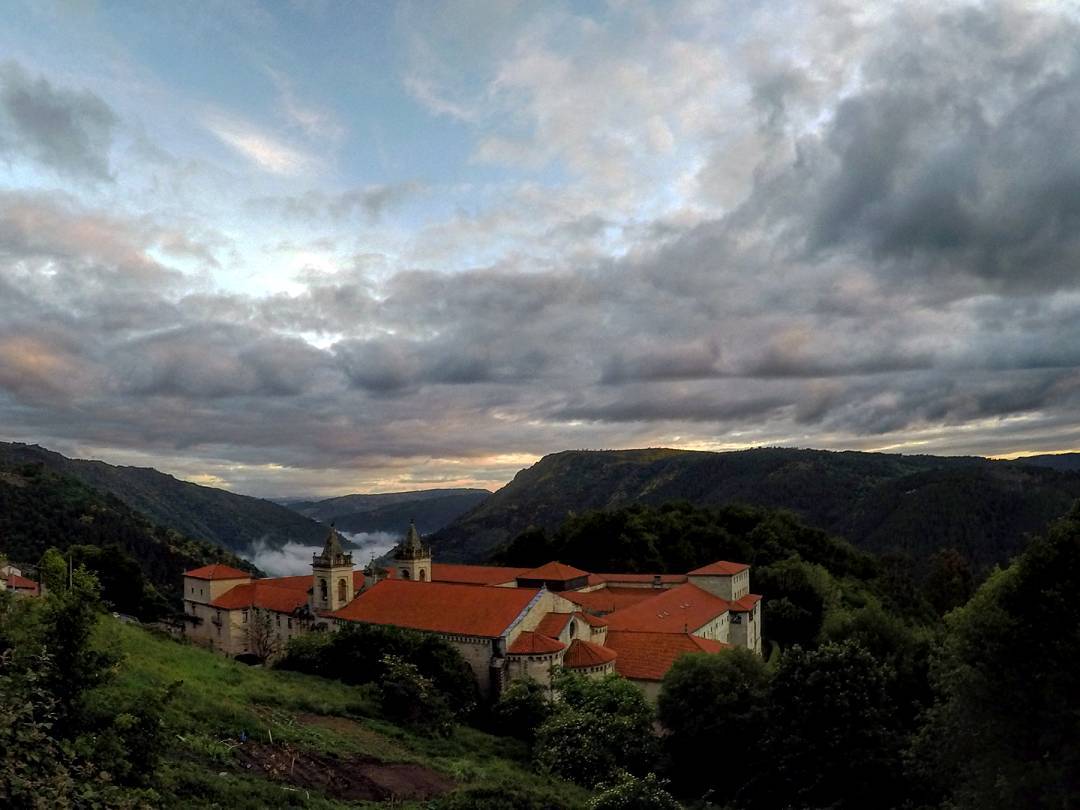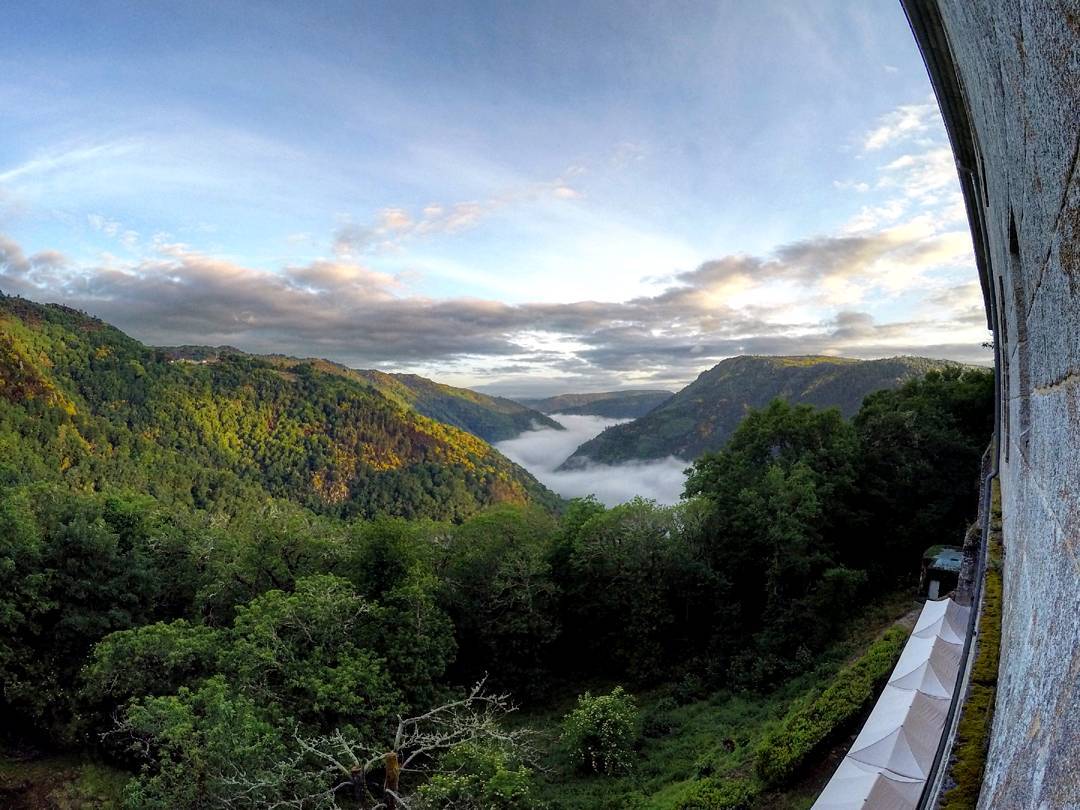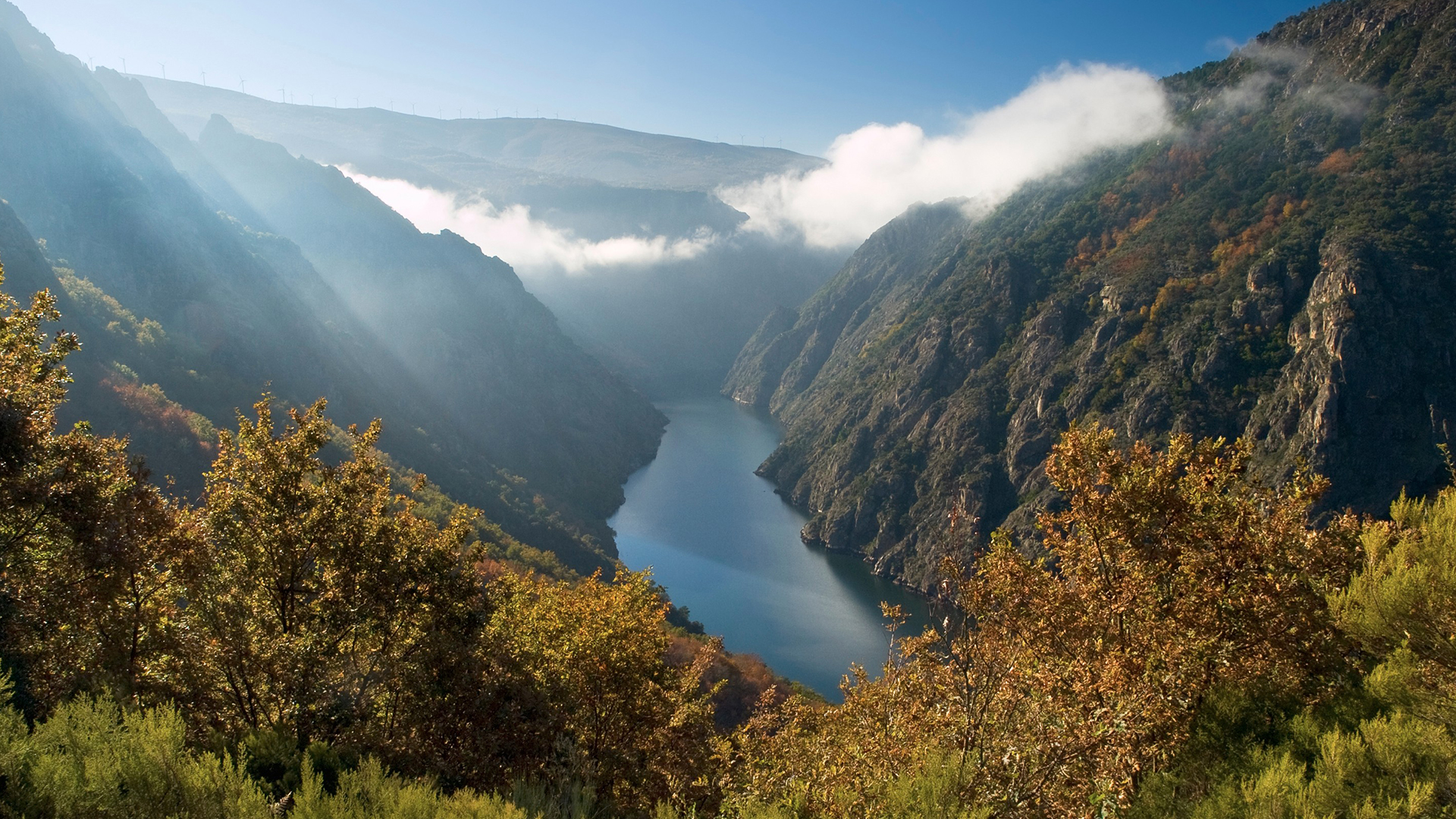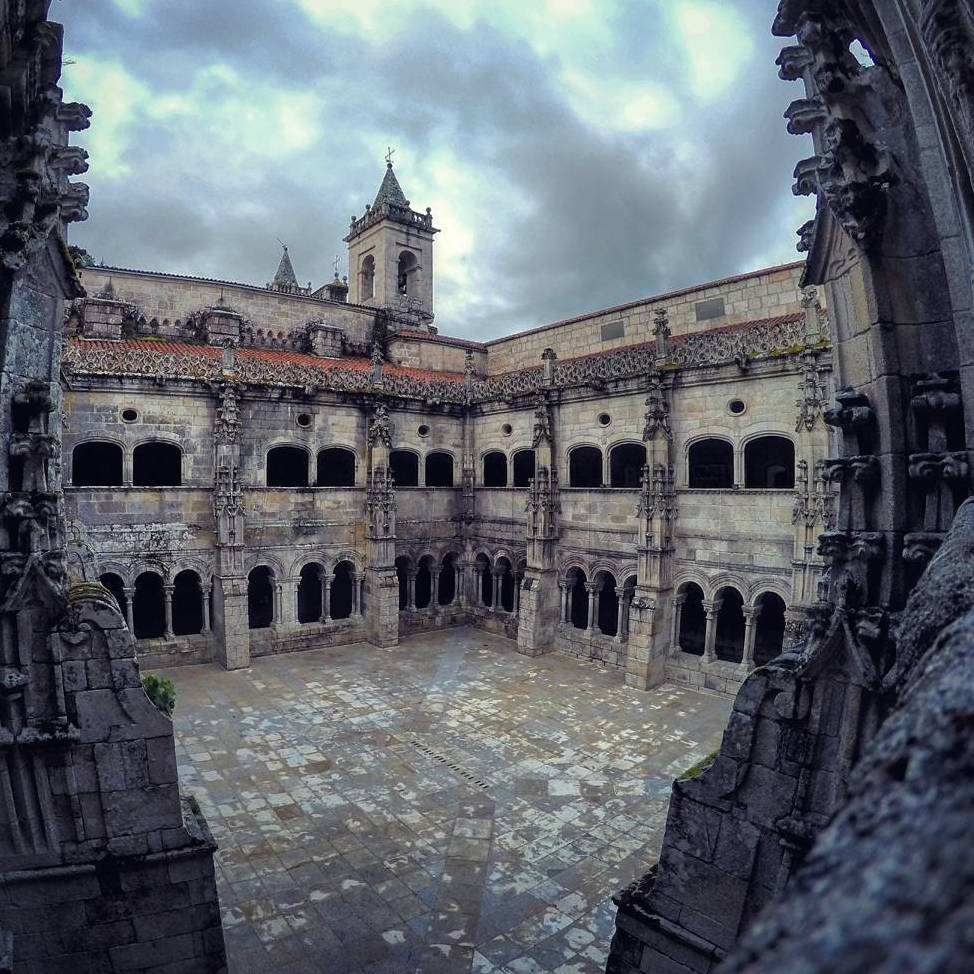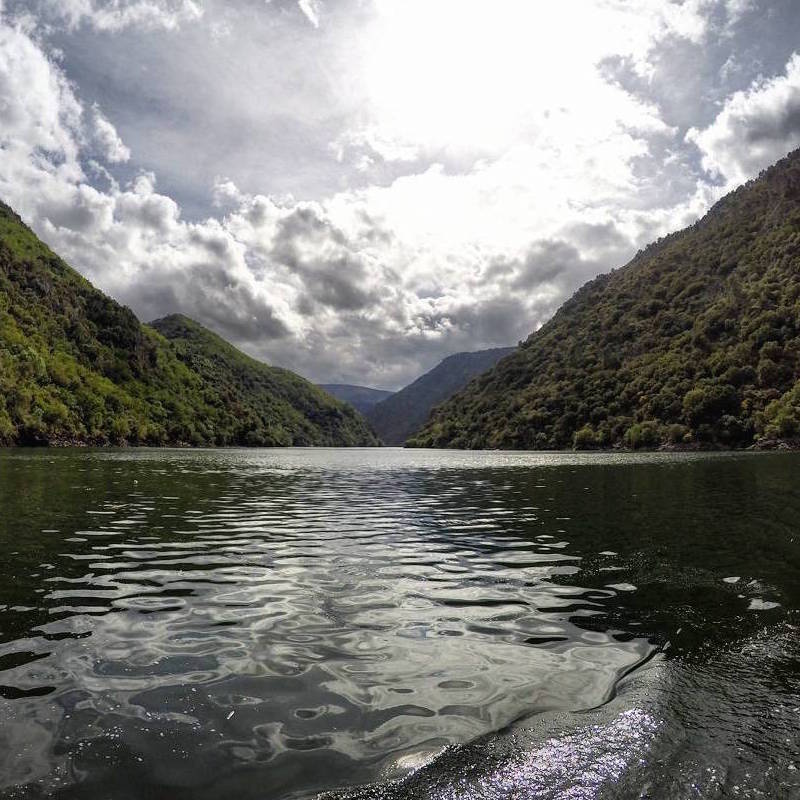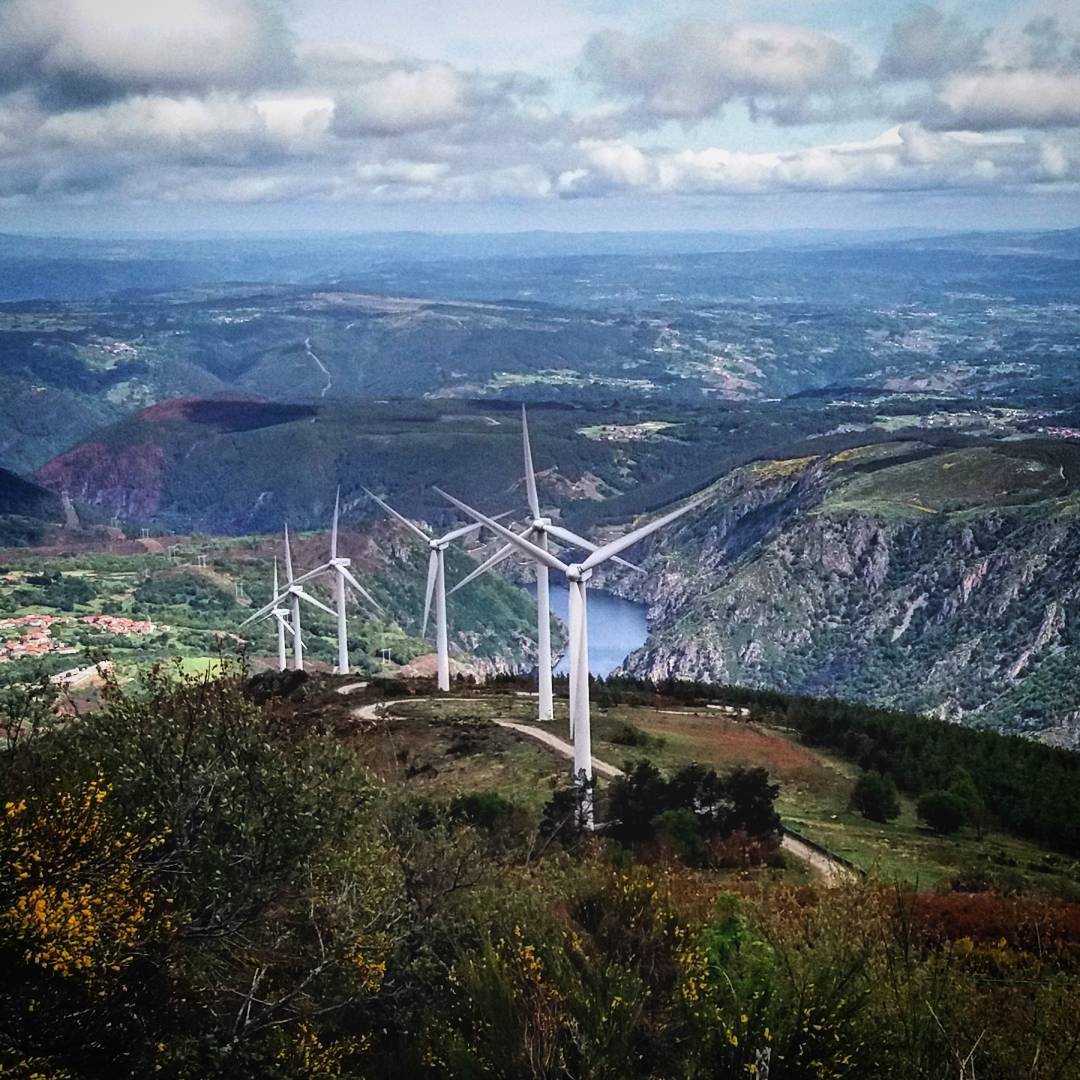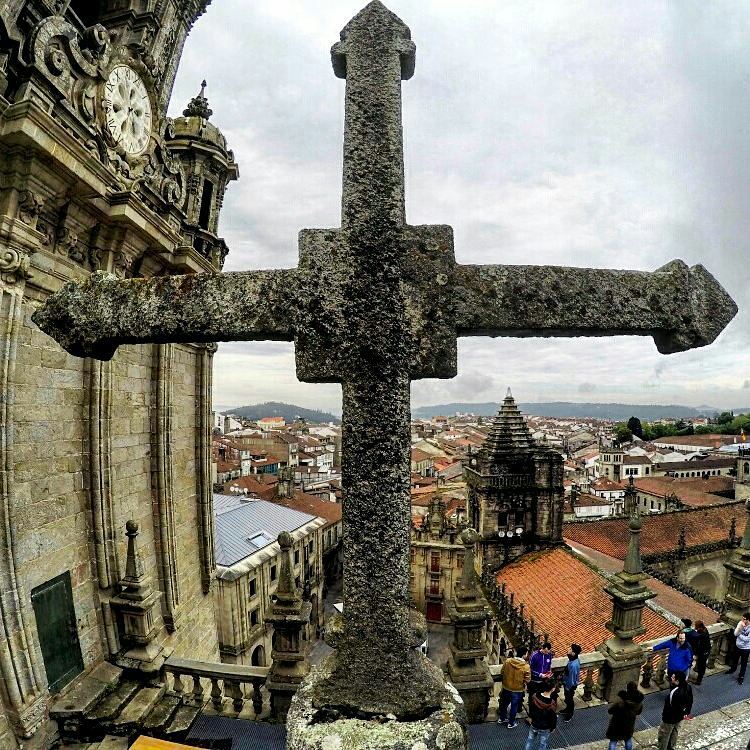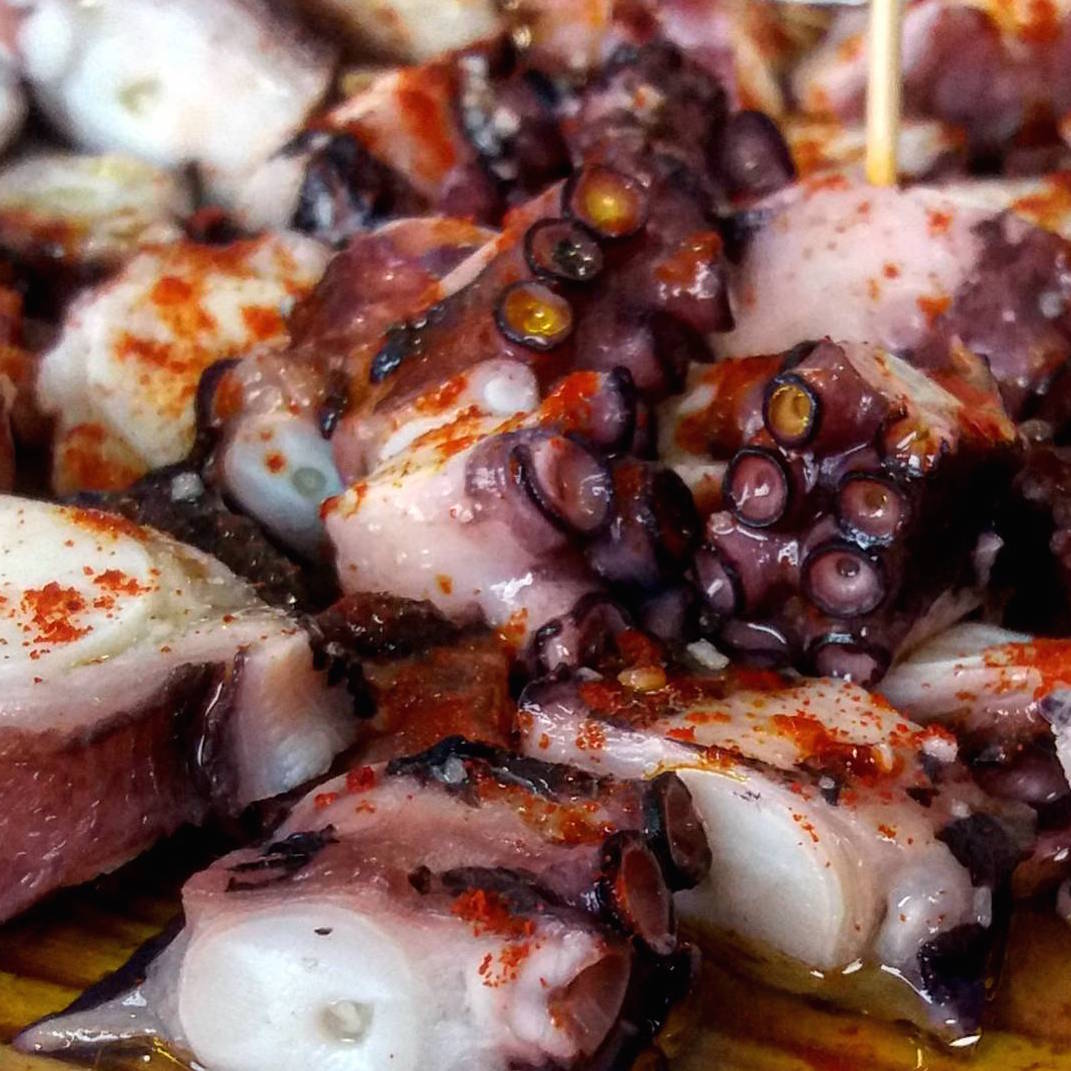“For me it’s hard to know where Galicia ends and reality begins.”
We’re being guided around Santiago de Compostela by Maria-Antonia Santiago, a woman whose six sisters were also all called Maria, and who shares her surname with the city she lives in, the capital of Galicia in northwestern Spain.
The history of Santiago is infused with folklore, myths and spiritualism wherever you turn. At its heart stands the Cathedral of Santiago, where it is believed the apostle of St. James has been buried since the first century.
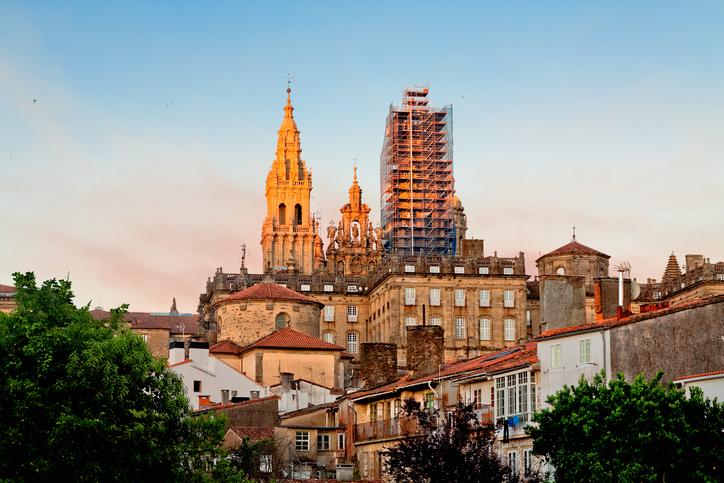
The story goes that after he died St. James’ remains were taken to Galicia to protect them from the Romans – who dared not take on the fierce local Celts living in Santiago. A shepherd was then guided to the burial site by the light of a star in 813AD, and reported his discovery to a bishop, who informed King Alfonso II. In honour of St. James, a church was built on the spot where his remains were found, and this ultimately led to the construction of the current cathedral in 1075.
The pilgrimage which culminates at the cathedral, known as the ‘Way of St. James’, is now one of the most famous spiritual journeys the world over, and has been completed in mass numbers ever since the early Middle Ages.
